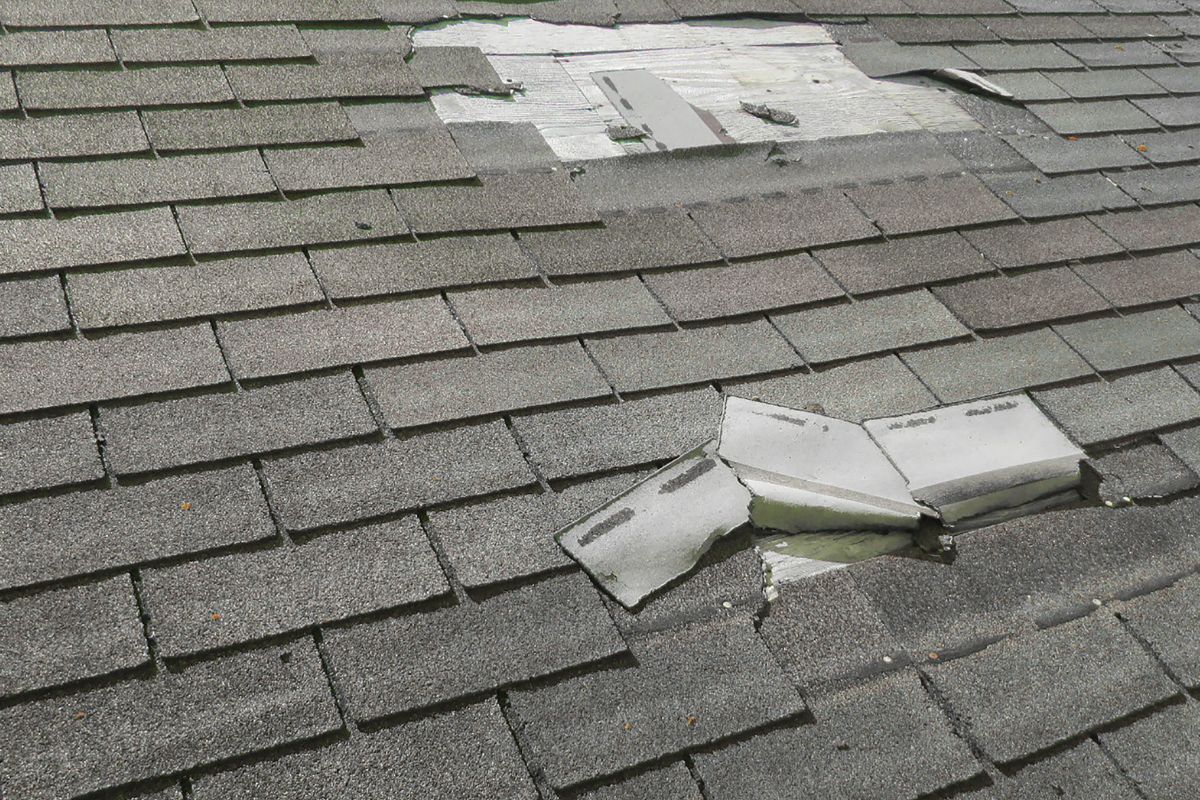Home insurance rates are headed skyward again in Colorado as state officials estimate that one in two people in the state live in zones that are considered high-risk wildfire zones.
To keep up with the wildfire risk, on top of the risk of other damaging weather events such as hail, on top of the rising cost of home repairs, insurers are once again increasing their rates in the state.

“It’s a cliche, but it’s the perfect storm — not only do we have escalating catastrophe risk from wildfire, but there’s also the market conditions, where we’re seeing skyrocketing inflation,” said Rocky Mountain Insurance Information Association executive director Carole Walker in a recent Colorado Matters report. “We still have COVID supply chain issues where there’s shortages, everything from drywall to lumber to labor. These are all things that are affecting what we pay for property insurance.”
Home insurance companies in Colorado have the third lowest profit margins in the United States.
“No one expects you to feel sorry for your insurance company; you know, you love to hate on your insurance company,” said Walker. “But in fact, insurance companies are losing money … over the last 10 years, they’ve lost an average of 12 percent on the property insurance market, some years much more than that.”
During the last legislative session, lawmakers passed the Fair Access to Insurance Requirements plan. This was an effort to help offer home insurance policies and coverage to property owners in the state who aren’t able to obtain a policy through the private market.
Home insurance customers are also encouraged to work on mitigation efforts, which are steps to reduce the risk of damage due to wildfire. It can mean taking steps such as moving woodpiles away from structures and clearing flammable debris such as pine needles from rooftops. Installation of less flammable roofing is another option recommended. In some areas, entire neighborhoods are working together to protect their communities.

FAQs about Climate Change and the Insurance Industry
Q1: How is climate change impacting the insurance industry?
A1: Climate change is leading to more frequent and severe weather events, such as hurricanes, wildfires, floods, and heatwaves. These events increase the number and cost of insurance claims, leading to higher premiums for customers and lower profit margins for insurers.
Q2: What types of insurance are most affected by climate change?
A2: Property insurance, particularly homeowners and commercial real estate insurance, is significantly impacted due to the increased risk of damage from extreme weather events. Auto insurance can also be affected due to increased risks from flooding and storms. Life and health insurance could see impacts due to increased health risks associated with climate change.
Q3: How are insurance companies responding to the challenges posed by climate change?
A3: Insurers are using advanced modeling techniques to better understand and predict risk related to climate change. Some are increasing premiums or refusing to insure properties in high-risk areas. Others are investing in sustainable practices and encouraging policyholders to do the same through discounts or lower premiums.
Q4: Can climate change lead to higher insurance premiums?
A4: Yes, as the risk associated with insuring properties increases due to climate change, insurance companies may raise premiums to cover potential losses. This is already being seen in areas with high risk of wildfires or coastal regions vulnerable to sea level rise and hurricanes.
Q5: What role can insurance companies play in combating climate change?
A5: Insurance companies can play a significant role in combating climate change by promoting risk reduction and climate-smart policies. They can incentivize customers to adopt sustainable practices by offering lower premiums for energy-efficient homes or vehicles. Some insurers are also divesting from fossil fuels and investing in renewable energy.
Q6: Are there any new insurance products emerging in response to climate change?
A6: Yes, some insurers are developing new products to address climate change risks. These include parametric insurance policies that automatically pay out when certain conditions (like a certain level of flood or wind speed) are met, and resilience insurance that covers the cost of making a property more resilient to climate change after a loss.

